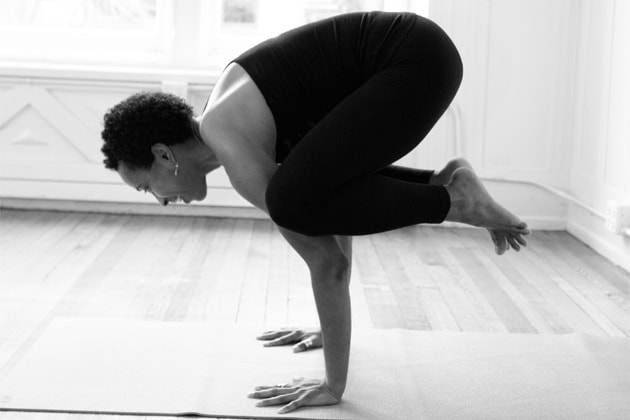Is there such a thing as a bad yoga class?
I’ve been in my share of close calls, but if you pin me down on this, my answer will likely be a long “hmmmmm.” And then “I don’t think so.” Why, you might ask. Well, there is a not so hidden secret about yoga. Once you step on the mat, you are really the one in charge of your practice (aka you are your own teacher).
So even if the sequencing, the music, or the level isn’t perfect or the style of the yoga isn’t what you hoped for that day, as long as you remain present to your body’s needs and adapt accordingly, you can still walk away from a so-so class feeling content.
How, you might ask. Well, I’ll start with a quick example. In a recent weekend vacation to my old hometown of NYC, I took an advanced level class and as well as a beginner level class. Both were taught well and the instructors were knowledgeable, however, it’s not a huge leap to expect these different levels would offer unique experiences.
These classes also happened to be taught in different styles to boot: one a speedy Power Yoga highlighting multiple inversions with minimum prop support and the other, an unhurried ISHTA practice heavily rooted in alignment and the use of props. Yet, in spite of these variations, I walked out of both feeling strong and invigorated.
You can liberate your practice.
Truthfully, this kind of easy-going response to any class has come over time with several years of practice for me; however, this attitude is achievable in even less time.
Much of it relies on altering your perspective. These next tips can be helpful in emboldening your practice so that almost every class can be an out of this world experience regardless of level, style, or even teacher.
1. Be open to the journey the teacher is taking you on.
It might be easier for beginning yogis to do this, but this is a practice that even intermediate or advanced yogis could use. Just like a trip to a restaurant when you’re ordering the chef’s special, it helps to sample it as is, with little to no substitutions.
Unless you have a physical limitation or healing injury that prevents you from following the teacher’s original plan, be open to trying on the class for size. And when you give the teacher the benefit of the doubt, you may be enlightened with a new transition or alignment cue that transforms your practice.
On this note, feel free to check out my last column on going back to the basics now and again.
2. Don’t attach yourself to one expectation, but do be an active participant (aka Go With The Flow).
This is along the same lines as being open to the class even if it’s a different style or teacher. How many of us have walked into class expecting one teacher but got a sub instead? Or learning that your usual Power Yoga class has been replaced by an alignment-oriented Iyengar class?
Things like subs or other unexpected changes are the kinds of things that could tempt you to stalk away yelling profanities or vowing never to roll out your mat, but that doesn’t sound like an appealing scenario does it? Instead, consider setting aside what you think should have happened, and be present to what is.
Say you try out the Iyengar class. Or you stay for the sub’s class. It might be incredibly freeing to try something different, and you just might enjoy yourself, too.
3. Tune in to your inner teacher and listen to your body more when you’re trying out something new.
When a practice starts to feel routine, less stimulating, like you’re in a rut, changing things up can be a great solution. These new experiences are also a perfect opportunity to check in with yourself more. You are you among your wisest teachers.
Your body always has something interesting to share, and whether you’re in a pose that is familiar or new, there is something to be experienced in it all. Trust your body to give you the best signals to guide you on the mat. When you heed these signals, you further develop the knowledge of your abilities and power.
We like to call this developing your personal practice, and it can better insure that you’ll make the smart choices on your mat whether you’re in your usual class or trying out a new class.
4. Take charge of your practice.
All of these tips are aimed to encourage you to take the lead on your practice. When you actively strive to learn more about yourself as well as the yoga practice, it adds that much more to your tool kit.
This means doing things like asking questions after class, taking workshops, seeking out other yoga resources other than your weekly session to try to expand your knowledge. The more you know, the more you’ll feel in charge of your practice no matter where you are.


